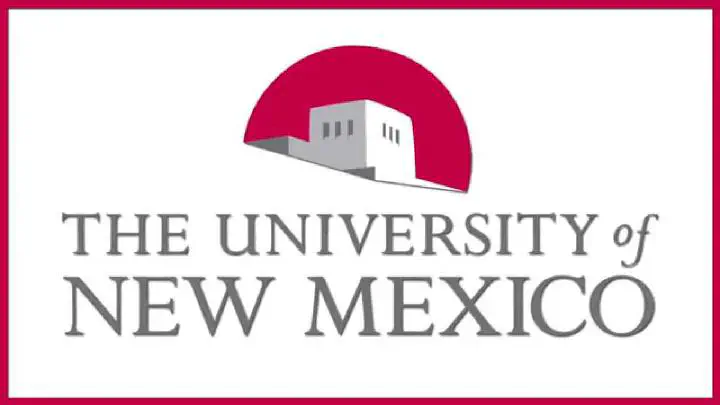Alliance Introduces 512-Processor LosLobos Supercluster

The National Computational Science Alliance (Alliance) will take delivery of a 512-processor Linux supercluster within the next month – a move that will give this nationwide partnership the largest open production Linux supercluster aimed at the research community. The new supercluster, called LosLobos, will be located at the University of New Mexico’s (UNM) Albuquerque High Performance Computing Center (AHPCC), one of the Alliance Partners for Advanced Computational Resources sites.
“The Linux movement benefits greatly from the strong support of top researchers and programmers at our nation’s leading universities and laboratories,” said Irving Wladawsky-Berger, Vice President, Technology & Strategy, IBM Enterprise Systems Group. “The innovation of the Alliance, supported by the research community, will lead the way for commercial Linux applications and product development.”
LosLobos will consist of 256 IBM Netfinity PC Servers. The 733 MHZ Intel IA-32 processor based computer system is expected to provide a peak theoretical performance of about 375 gigaflops. The high performance interconnect network between the cluster nodes will be Myricom’s Myrinet, providing speeds exceeding 1 gigbytes per second, which is comparable to the fastest interconnects in today’s traditional supercomputers. This new supercluster will increase the computing capabilities of the Alliance, a National Science Foundation (NSF) funded partnership, providing researchers with a platform for developing improved cluster management tools, gaining operational experience on large-scale clusters, and exploring the scalability of different types of science and engineering applications.
“The Alliance is committed to leading the effort to develop and deploy large clusters to the scientific research community,” said Dan Reed, director of the Alliance. “LosLobos represents the synthesis of two major trends in the scientific and research community: open source software and commodity high performance cluster computing. Open source software, such as Linux, decreases costs dramatically because the community of users continually augments the software base. In addition, superclusters made from off-the-shelf products are a very cost effective way to offer supercomputer performance to the user community.”
Unlike previous superclusters made of commodity computers, LosLobos will integrate new advanced management tools, such as the Maui Scheduler, into its array of services. The Maui Scheduler, developed by UNM’s Maui High Performance Computing Center (MHPCC), will integrate scheduling and reservation capabilities into the cluster, decreasing queue wait times and allowing easier access to a larger percentage of computing resources. LosLobos will be a part of the Alliance’s Virtual Machine Room, which is the national infrastructure for geographically distributed computing.
“Superclusters are becoming supercomputers in their own right,” noted Frank Gilfeather, executive director of the High Performance Computing, Educational and Research Center (HPCERC) at the University of New Mexico. “Many researchers are now using smaller clusters for research development, and are then turning to superclusters for large-scale computations. Develop research locally, then seamlessly run globally using open source software developed to support specific research disciplines is the model that will bring high performance computing to a broader base of researchers.”
LosLobos represents a major trend in supercomputing – a moderately priced entry point into high performance computing that offers the enhanced performance required by scientific and engineering applications. The IBM supercluster system will be delivered in mid-April, and the Alliance will begin to allocate time nationally on the system this summer. The Alliance currently offers an 128-processor Linux supercluster, RoadRunner, also located at AHPCC, and a 320-processor supercluster that runs both Linux and Windows NT at its leading edge site, the National Center for Supercomputing Applications (NCSA) at the University of Illinois at Urbana-Champaign.
The Alliance is a partnership to prototype an advanced computational infrastructure for the 21st century and includes more than 50 academic, government and industry research partners from across the United States. The Alliance is one of two partnerships funded by the NSF’s Partnerships for Advanced Computational Infrastructure (PACI) program, and receives cost sharing at partner institutions. NSF also supports the National Partnership for Advanced Computational Infrastructure (NPACI), led by the San Diego Supercomputer Center.
NCSA is the leading-edge site for the Alliance. NCSA is a leader in the development and deployment of cutting-edge high-performance computing, networking, and information technologies. NSF, the state of Illinois, the University of Illinois, industrial partners, and other federal agencies fund NCSA.
HPCERC, a strategic center of the University of New Mexico, is a partner of the Alliance, and its two supercomputing centers, AHPCC and the MHPCC, are SuperNodes on the Alliance National Technology Grid. AHPCC and MHPCC are supported through grants and contracts from the Air Force Research Laboratory, the Department of Defense, NSF, other government agencies, and commercial contracts.
http://www.unm.edu/~paaffair/news/news%20releases/Mar21hpcc.html